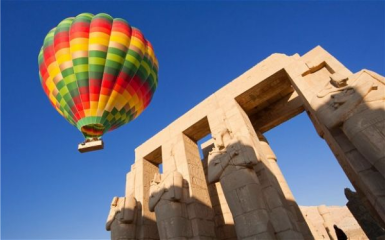 Luxor is a city of Upper Egypt, 700 km south of Cairo.
Luxor is a city of Upper Egypt, 700 km south of Cairo.
Thebes is the Greek name of the Luxor.
Luxor was the capital of Pharaonic Egypt during the new empire.
Luxor has frequently been characterized as the “world’s greatest open-air museum”, as the ruins of the temple complexes at Karnak and Luxor stand within the modern city. Immediately opposite, across the River Nile, lie the monuments, temples, and tombs on the West Bank Necropolis, which include the Valley of the Kings and the Valley of the Queens. Thousands of tourists from all around the world arrive annually to visit these monuments, contributing a large part towards the economy of the modern city.
Ref. wiki
Karnak temple

The largest complex On the east bank of the Nile was dedicated to the god Amun Ra. The construction of temples started in the Middle Kingdom and continued through The Ptolemaic times.
(Entrance ticket 600 EGP)
Luxor temples
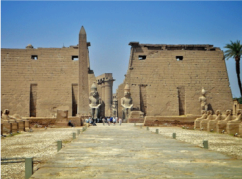
The temple, which was built between the 14th and 13th centuries BC, was on the east bank of the Nile and dedicated to the god Amun Ra.
(Entrance ticket 500 EGP)
The Mummification Museum
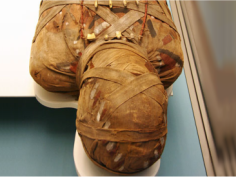
North of Luxor Temple, on the Cornish, overlooking the River Nile.
An explanation of the ancient art of mummification
(Entrance ticket 220 EGP)
Luxor Museum
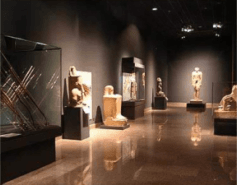
a collection of objects was found in Luxor.
The objects are well represented, it was inaugurated in 1975
(Entrance ticket 400 EGP)
The valley of the queens
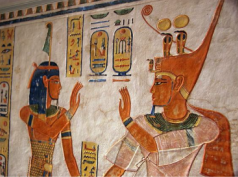
queens, princes, and princesses were buried there, in the 14th and 13th BC.
(Entrance ticket 220 EGP)
The valley of the kings
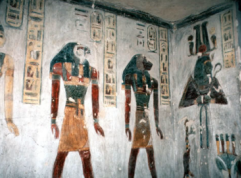
63 tombs discovered, from the 16th to the 11th century BC. Famous for the discovery of the tomb of Tut Ankh Amun. (Entrance ticket 750EGP)
The valley of the nobles
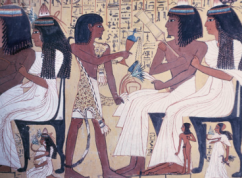
One of the most famous tombs is that of RA Mosa, the mayor of Thebes during the end of King Amenophis3’s reign and his son Akhenaton, in the 14th century BC.
The Valley of the Artisans (Deir el-Medina)
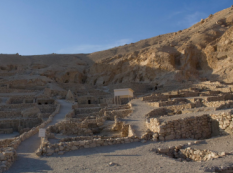
An ancient Egyptian village home to the artisans who worked in the Valley of the Kings from the 14th century to the 11th century BC, two tombs to visit, and a Ptolemaic temple.
(Entrance ticket 220 EGP)
Mortuary temple of Queen Hatshepsut (Deir el Bahari)
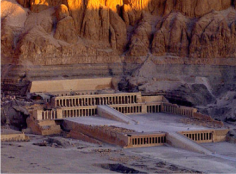
Three colonnade terraces with two ramps, 14th century BC.
(Entrance ticket 440EGP )
Mortuary temple of King Ramses (Medinet Habu)
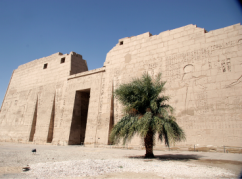
Well-preserved walls, deep hieroglyphic inscriptions, 13th BC.
(Entrance ticket 220 EGP)
Mortuary temple of King RamsessII (Ramesseum)
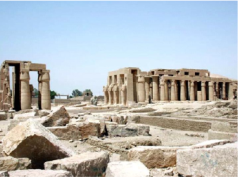
A few ruins left, 13th century BC.
(Entrance ticket 220 EGP)


